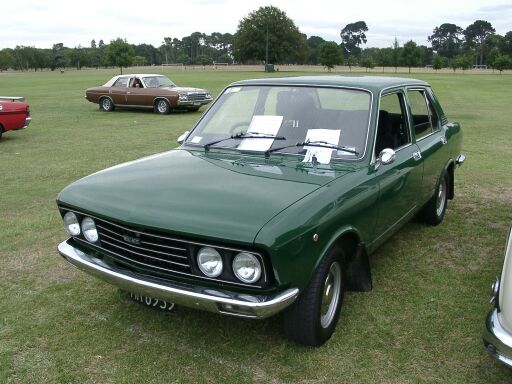Fiat 132GL


After some serious thought I decided it would not be reasonable to use discrete ICs to design the ignition. There were just too many things I was not sure about with regard to the Jaycar ignition. What signals were produced, when, level-triggered vs. edge triggered, it was all a bit foggy. So I decided to use a microcontroller. This would let me fiddle with somftware and not have to design new boards each time.
It's based on an Atmel chip which I had to order from Digikey in the US - they don't seem to sell them in this unfashionable end of the world.

As you can see it's housed in a die-cast box where the old ignition used to be. You can just make out the 20 pin Atmel chip and a D9 connector. Yes, my car has a serial interface...
In order to decide which bank of cylinders should fire I use a cam sensor. This was mounted in front of one of the cam wheels. Tim at Fixations helped with the mounting of the sensor as well as fitting 'timing marks' onto the cam wheel itself. The timing for these does not have to be exact as I only need to know what 'quadrant' I need to be in. The sensor is just visible in the photo below (right hand cam wheel).

The two coils I used are from a model of Holden which is pretty common in this part of the world. As it turned out, the low voltage connectors on the coil are very close to, but entirely different to any sort of commonly available connector. It's a female connector so there's no easy way to fudge something. I went to Holden to enquire about the mating part, but of course it costs $600. It turns out it's more than a connector; it includes electronics too. Gee wizz, that's just great. Staring at the coil for a while I decided to fabricate a connector. Hanna helped, and cutting and filing at small pieces of brass for some time we had some really nice mating connectors.

All hardware installed I set about writing the software. Some experimentation was required in order to get the system running. It's amazing how many parameters there are for such a simple system. Also, it's amazing how loud it can be when an air/fuel mixture explodes at the wrong time (say in your exhaust) when you are testing in the garage. After much spluttering, coughing, head-scratching and thought I finally reverse-engineered the Jaycar system enough to figure out what I needed. A few versions of code later (presently the car runs MartinOS V1.03) it burst into life. Yippee!
It ran pretty well for the next few months. A nice professional PCB is in the works to replace the hand-made in the garage at home one I have been using.
Then bad things happened